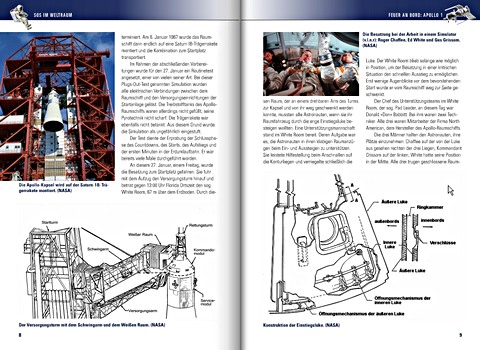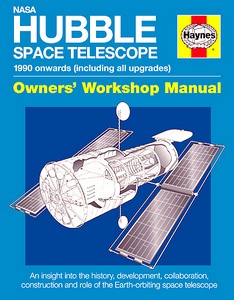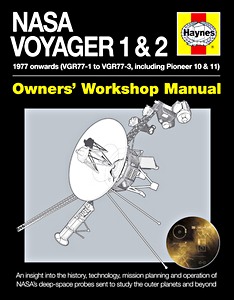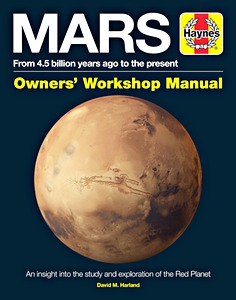Astronaut Manual (1961 onwards) - all roles and nationalities (Haynes Space Manual)
The Haynes Astronaut Manual provides an insight into what an astronaut does, the experience of space flight, the equipment he uses, and what it takes to become an astronaut.
Although concentrating on contemporary astronaut selection and flight, especially with NASA, ESA and Russia, it also covers astronaut experiences of pioneering missions of the past and some proposed for the near future, such as lunar flight and landing, asteroid rendezvous and travel to Mars.
The engaging text, illustrated with a wide range of photographs and illustrations, and featuring unique insight from astronauts past and present, takes the reader on a fascinating journey through an astronaut's career - from selection and training, through experiences in space, to returning to life on Earth after experiencing the vastness of space.
Essential reading for space enthusiasts and anybody interested in learning about what it takes to become an astronaut.

Author: Dr Ken MacTaggart is Co-Editor (with David Woods) of the Apollo 11 Flight Journal, NASA's official record of the mission, with accompanying technical commentary. He is also a long -standing contributor to NASA's Apollo Lunar Surface Journal.
He has written for national newspapers and magazines about many space topics, including Apollo, the Space Shuttle, the MMU, Yuri Gagarin, Neil Armstrong, the Apollo 13 accident, the Russian Interkosmos programme, etc.
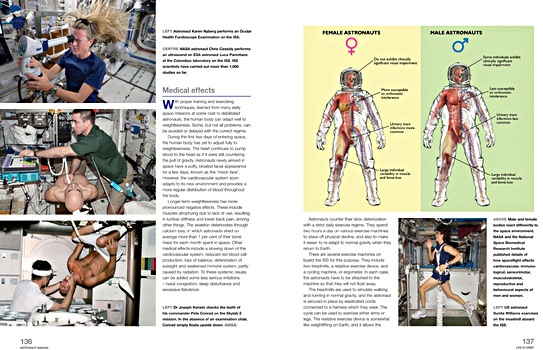
Caractéristiques
| Auteur : | Dr Ken MacTaggart |
|---|---|
| Présentation : | 27.5 x 21.5 x 1.5 cm, relié |
| Illustration : | abondamment illustré avec des photos en N&B et couleurs |
| Editeur : | Haynes Publishing (GB, 2017) |
| Série : | Haynes Space Manual |
| ISBN : | 9781785210617 |
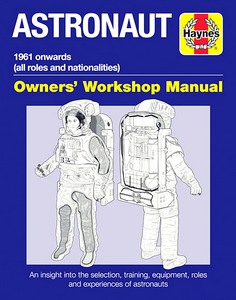
Astronaut Manual (1961 onwards) - all roles and nationalities
Langue : anglais
Disponible sur Amazon - paiement sécurisé et livraison rapide
Acheter sur Amazon FRAcheter sur Amazon BE
Acheter sur Amazon CA




